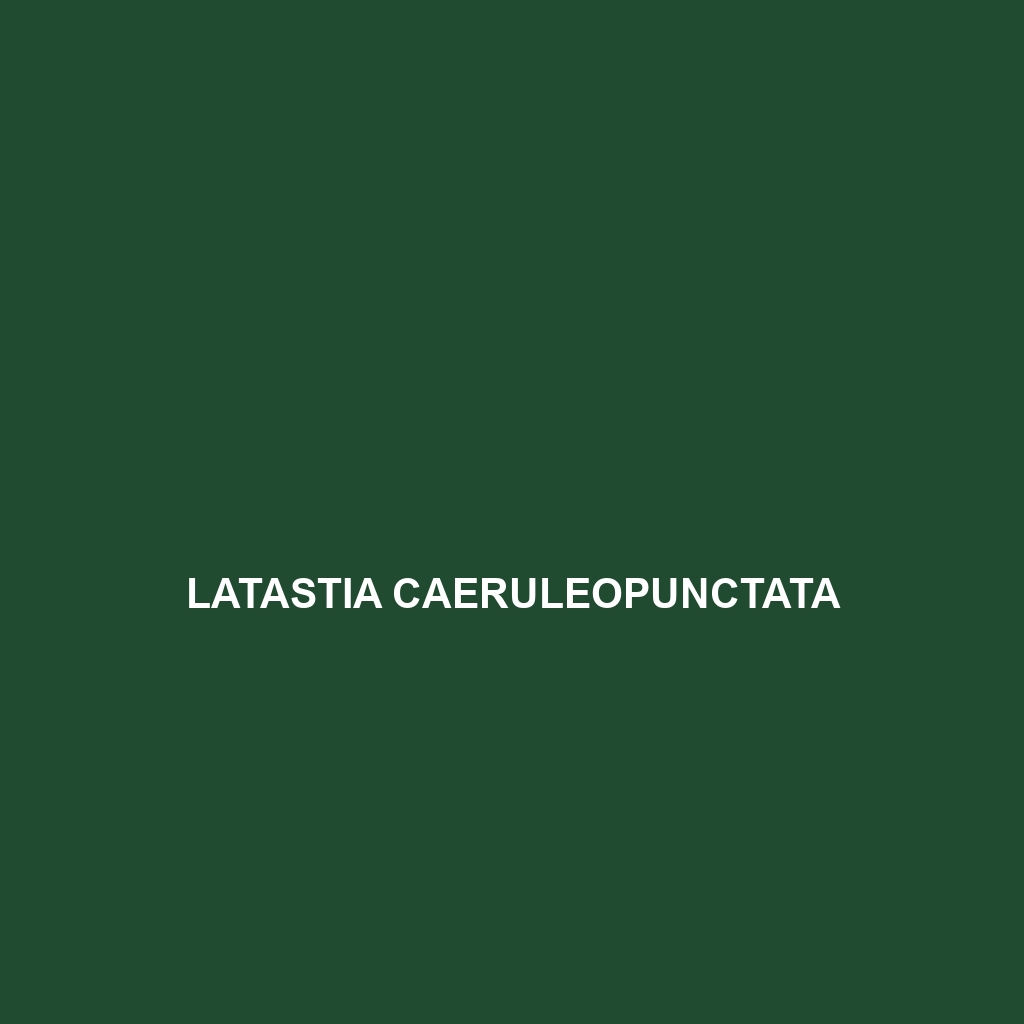Discover the Lerista labialis, commonly known as the lip-scaled skink, a fascinating insectivorous species native to southern Australia's temperate regions, characterized by its elongated body, distinctive lip scales, and unique burrowing behavior. This solitary skink plays a vital role in its ecosystem by controlling insect populations while serving as prey for larger predators.
Tag: sandy soil habitats
Leptotyphlops emini
Discover the Leptotyphlops emini, or Eastern Blind Snake, a slender, burrowing species adapted to tropical rainforests and savannas, exhibiting a diet primarily of ants and termites. This fascinating snake, notable for its lack of functional eyes and nocturnal behavior, plays a vital role in natural pest control while contributing to the ecological balance of its habitat.
Latastia caeruleopunctata
<p><b>Latastia caeruleopunctata</b>, commonly known as the blue-spotted lizard, is a medium-sized reptile found in the savannas and grasslands of sub-Saharan Africa, recognizable by its vibrant blue spots on a brownish or grayish skin. These adaptable, diurnal lizards primarily feed on insects and play a crucial role in their ecosystem as both predator and prey.</p>
Delma vescolineata
Introducing the Delma vescolineata, also known as the Western Delma, a medium-sized lizard native to the temperate regions of Australia, characterized by its elongated body, smooth reflective scales, and exceptional burrowing abilities. This fascinating species plays a vital role in its ecosystem by controlling insect populations and aiding soil aeration, although it is currently classified as vulnerable due to habitat loss.
Delma petersoni
Delma petersoni, also known as the Peterson's delma, a medium-sized lizard native to Australia's arid regions, featuring a slender body, light brown to grey coloration, and a secretive lifestyle that includes burrowing and foraging for insects. This resilient species plays a vital role in its ecosystem, supporting insect population control while facing threats from habitat loss.
Delma nasuta
Delma nasuta, or southern delma, a slender lizard found in the southeastern regions of Australia, thriving in sandy soils and diverse habitats. This fossorial species is an agile insectivore known for its distinctive brown-gray coloration and plays a vital role in controlling insect populations within its ecosystem.
Delma labialis
fascinating Delma labialis, a small legless lizard native to southeastern Australia, known for its distinctive wedge-shaped head, secretive behavior, and vital role in controlling insect populations. This species thrives in arid habitats and plays a crucial part in soil aeration and nutrient cycling while exhibiting defense mechanisms, such as tail shedding.
Delma hebesa
<strong>Delma hebesa</strong>, or <strong>Hebes delma</strong>, a vulnerable medium-sized lizard native to Australia's arid regions, known for its agility, burrowing behavior, and sidewinding locomotion. With its sandy brown to grey coloration and diurnal feeding habits, this insectivorous species plays a crucial role in ecosystem balance.
Delma fraseri
Delma fraseri, also known as Fraser's delma, is a slender, fossorial lizard native to southeastern Australia, characterized by its distinct light brown to gray coloration and small, smooth scales. This insectivorous species thrives in arid habitats, playing a key role in pest control while facing vulnerability due to habitat loss.
Delma desmosa
Delma desmosa, or mosaic delma, is a nocturnal, insectivorous lizard measuring 25 to 30 cm in length, characterized by its slender body and distinct mosaic-like markings. Native to southeastern Australia, it thrives in sandy grasslands and woodlands, playing a vital role in regulating insect populations and maintaining ecological balance.









